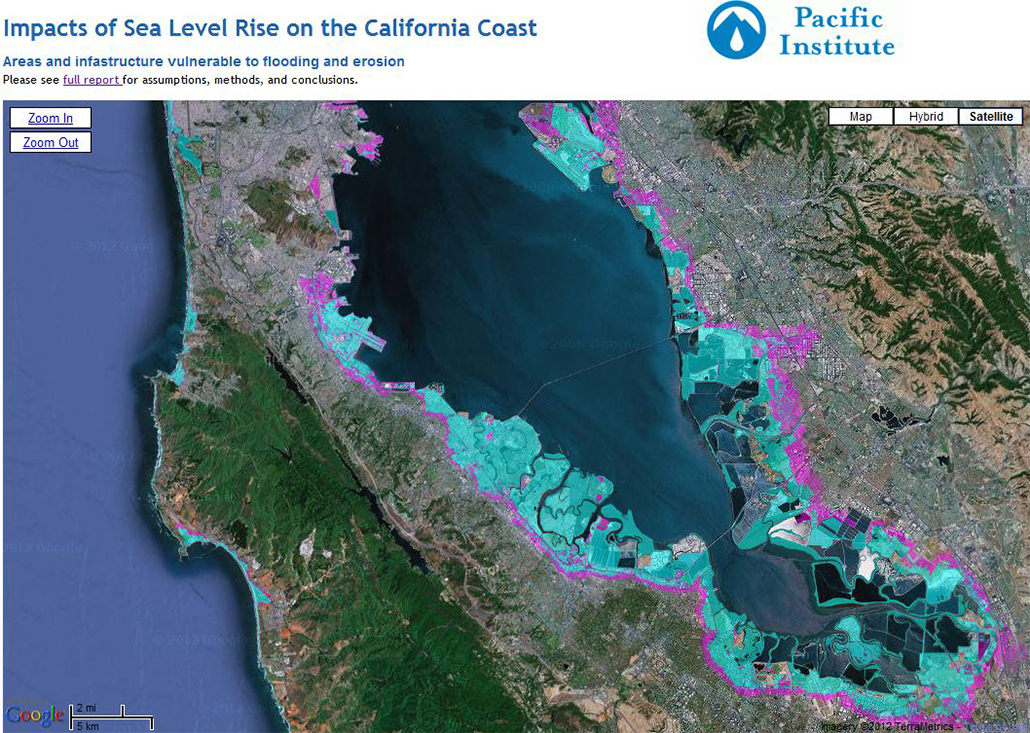California Climate Risk and Response
Place: California • Date: 2007 • Partner: Next10 Foundation
Project Summary
This report provides a multi-sector assessment of long-term Climate Risk and Response for the California economy. It includes a thorough review of the most recent available evidence on potential climate damage, economic assessment of this damage, and a review of options for a comprehensive strategy of Climate Defense for California. From the most general perspective, our review of the evidence on climate risk and response supports four overarching findings:
- At the aggregate level, California has the economic capacity to adapt against foreseen climate risk, but doing so effectively will require better information and strategic policy response. Our estimates indicate that Climate Risk, damages if no action is taken would include tens of billions per year in direct costs, even higher indirect costs, and expose trillions of dollars of assets to collateral risk. These costs are detailed in the study.
- Climate Response, on the other hand, can be executed for a fraction of these net costs by strategic deployment of existing resources for infrastructure renewal/replacement and significant private investments that would enhance both employment and productivity.
- At the sector level, there will be some very significant adjustment challenges, requiring as much foresight and policy discipline as the state can mobilize. In this context, the political challenges may be much greater than the economic ones. The state’s adaptation capacity depends upon flexibility, but divergence between public and private interests may limit this flexibility.
- Despite the extent and high quality of existing climate research reviewed in this document, the degree of uncertainty regarding many important adjustment challenges remains very high. This uncertainly is costly, increasing the risk of mistakes, including deferral of necessary adaptation decisions. To further improve understanding of climate effects may itself be costly and difficult, but policy makers must have better visibility regarding risks and response options. Thus California can respond to climate risk by developing effective strategies for Climate Response, including defense (against adverse impacts like rising sea level) and adaptation (shifting to more sustainable growth patterns). A real commitment to this would begin immediately by establishing and extending capacity for technical assessment and policy analysis, followed by timely and sustained policy activism. California’s historic AB32 initiative is a positive model for this, but only a beginning. The scope of long term climate issues is much wider, and could sustain a longer term agenda for economic stimulus based on Climate Defense.
Most Recent Entries

Low Carbon Biomass Conversion in the Sierra Nevada
Cap and Trade in California

Import Competition in the California Strawberry Sector
An Economic Assessment of Challenges and Opportunities in a Regional Climate Initiative






